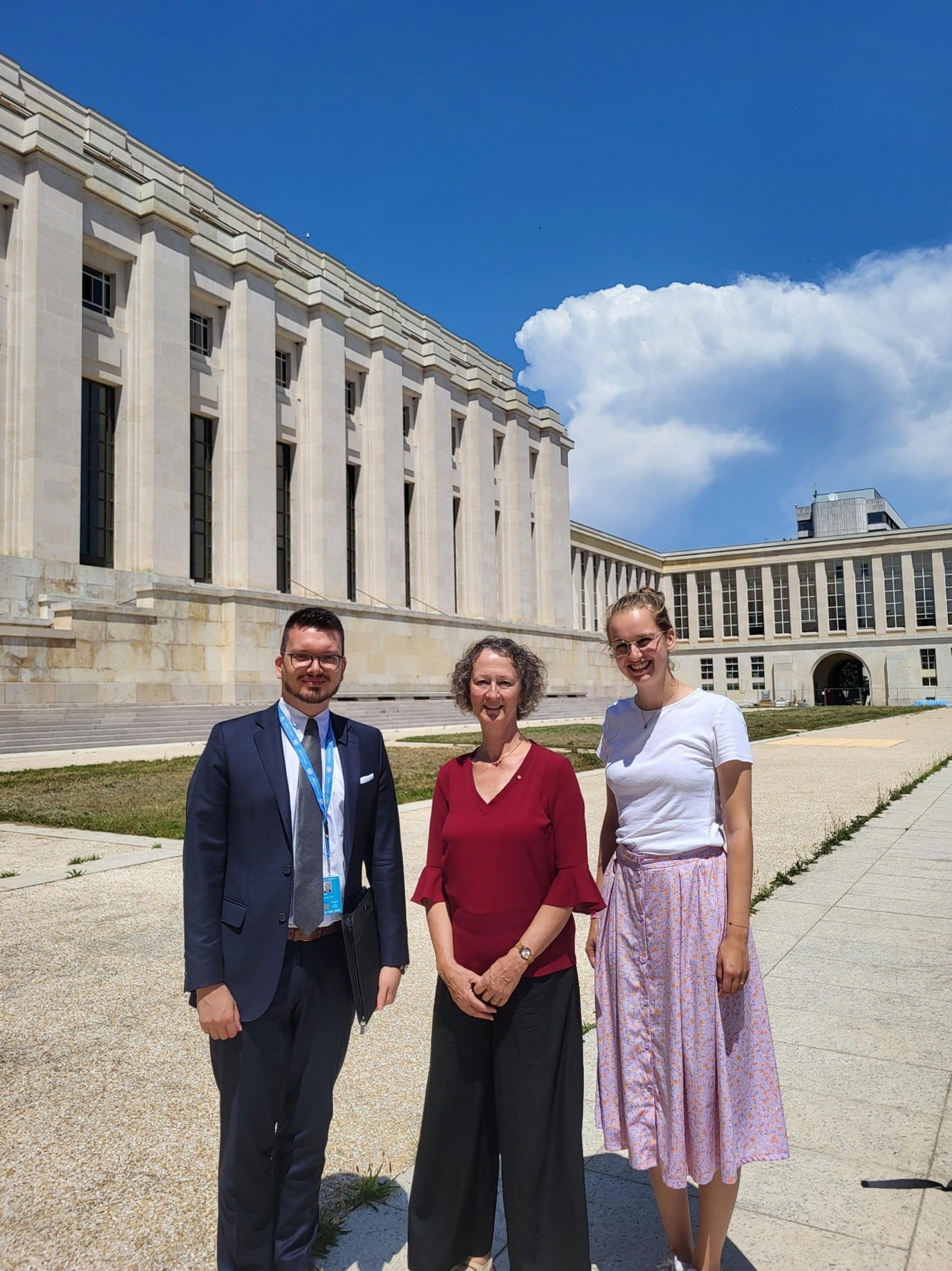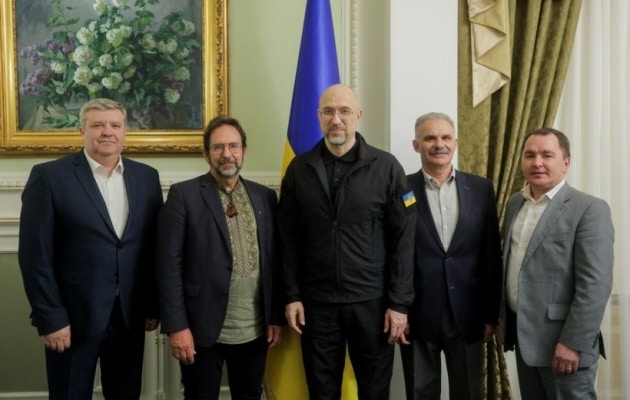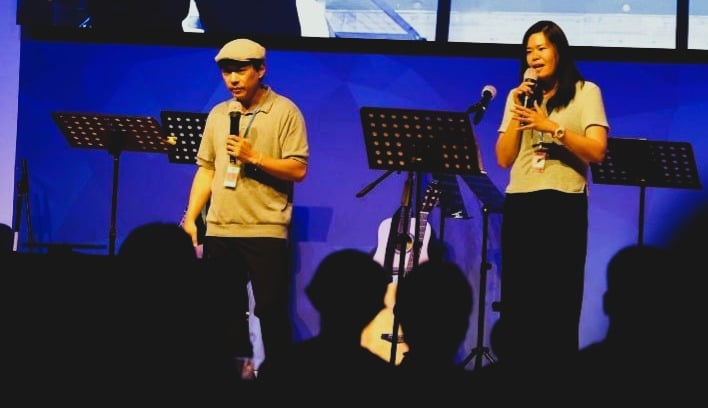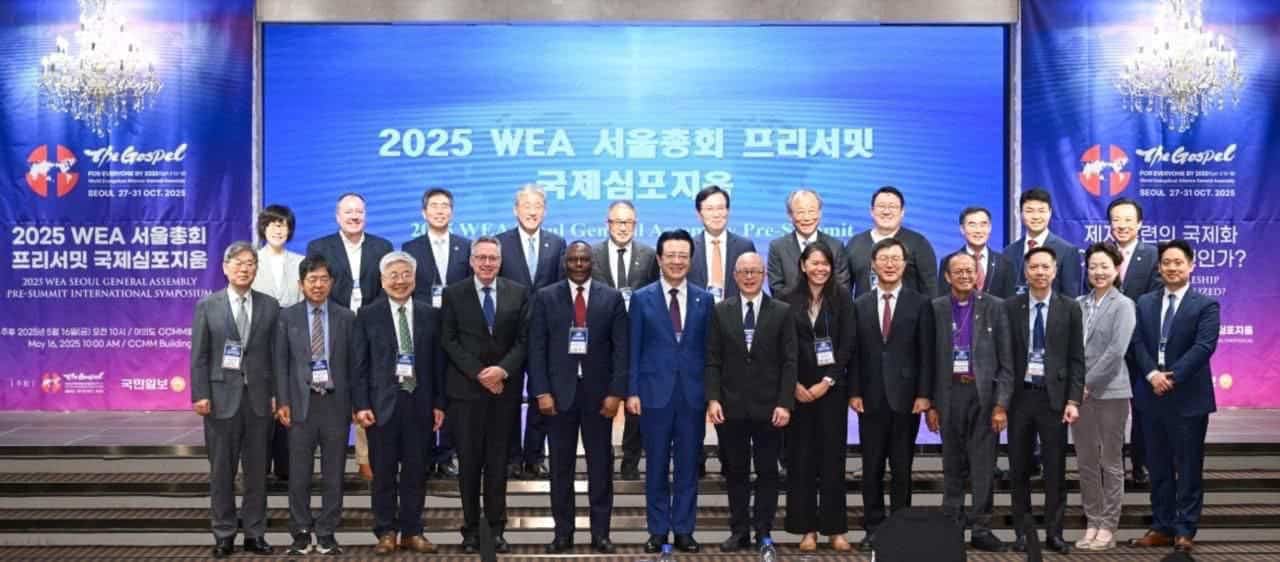
Driving from Rwanda into Congo is like reading two tales of one border, as a colleague noted. Just in crossing it’s obvious one is leaving one world and entering another.
I first met the people of Congo in a university history course while reading Joseph Conrad’s novel The Heart of Darkness. In the story a white man tells friends, over a century ago in London, of the darkness and destructiveness of white hearts.
The story of this rich African land is as diabolical as a novelist might construct. In 1885 Leopold II, through his personal connection to Belgium, convinced Europe that the Congo basin was his personal fiefdom and domain not to be shared with Belgium colonizers. Stories of tragic and inhumane treatment fill history books with hard-to-imagine brutality, killings, economic rape, and human deprivation as Leopold extracted rubber, ivory, and minerals for his own luxury and vanity. For more read Adam Hochschild’s King Leopold’s Ghost, in which he estimates that up to 10 million Congolese were killed in the late 1800s. One would wish that was the end of such killing. It was not to be. A century later it’s estimated that in the past few decades up to 2.5 million were killed or died of starvation.
Where Is the Congo?
Open your World App, an atlas, or spin your globe, and when you find Africa, look for the larger Congo, also called the DRC (Democratic Republic of Congo), with Kinshasa as its capital. Not the smaller country, also called Congo.
Massive and sitting smack in the middle of the continent, it is home to much of the Congo River system and the Central African rainforest, with a 70 million population. It is a country rich in gold and mineral resources. But its very wealth is its greatest insecurity. It is raped and pillaged by its own leaders, its neighbors, and companies whose headquarters are far removed, who continue to destitute its people, reducing them to among the lowest of income; they are computed to be the second poorest in the world at $753 annual income per person.
Our Visit
I and my colleague Aiah Fouday-Khabenje, general secretary of the African Alliance, visited with the Evangelical Alliance in Goma, eastern Congo. As in any country in Africa, the men and women there are interested in reviving the people in faith and instilling in their lives a confidence that God is on their side, even though all other factors point in the opposite direction.
As we drove along the Goma streets lined with shops, selling everything from bicycle tires to coconuts, the landscape around us was dark stone gravel and dust. Parts of the city were built on this grey lava rock an area regularly afflicted by the nearby Nyiragongo Volcano. In January 2002, 40 percent of Goma was ridden over by a lava flow. Every couple of years the volcano spews forth, forcing evacuation and resettlement. That explained the grayness.
Along with being prone to natural disaster, the city was invaded by troops from Rwanda in 1996 in the First Congo War, as the Rwandan army came looking for Hutus who had escaped their country. Then in the Second Congo War in 2012, Congolese rebels, called M23, invaded Goma, forcing 14,000 to flee.
Christian Faith
In 1491 King Nzinga converted to the Catholic faith. Today half of the population are Catholic with Evangelical/Protestant making up 43 percent. Within that 10 percent are Kimganguists, an African indigenous group constructed from a mixture of local ideas including that its founder is seen as an image of God.
Surely it is in such places of harshness and unrest that the Gospel speaks faith and hope. There are other countries where opportunities for social growth will eclipse the Congo. While this is not a country into which one easily invests time and effort, there is enormous potential for uplift and investment. In these countries where young people are pulled down by political craziness, held back by economic depravation and pushed aside by social and physical catastrophes, the hope of Christ and the power of the Christian community can resettle them in a new atmosphere. But they need our short-term and long-term help.
There are two competing ideas that circulate in my Western World: one, that there are too many needs and, second, that there aren’t enough resources. The assumption is that the amount of funds available in much of the “developed” world is beyond the limits of what many of these countries need. It is true that the level of corruption is crippling to this land, and made even more dire by material resources so brazenly stolen. The most effective strategy for giving is to bypass government-to-government funding, so riddled with corruption. Find instead a ministry or group whose plan and reputation is characterized both by vision and accountability.
In giving and praying, let generosity rule. Be up front in asking how money is spent: accountability and transparency makes those on the receiving end stronger. Even so, let’s increase our giving so that the Gospel witness in central Africa is made stronger, and their infrastructures for training younger leaders and growing churches are enhanced by our love for the Christ they also love.
Brian C. Stiller
Global Ambassador, The World Evangelical Alliance
dispatchesfrombrian.com





Stay Connected